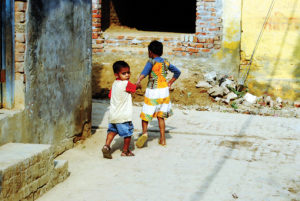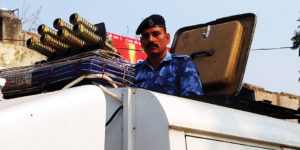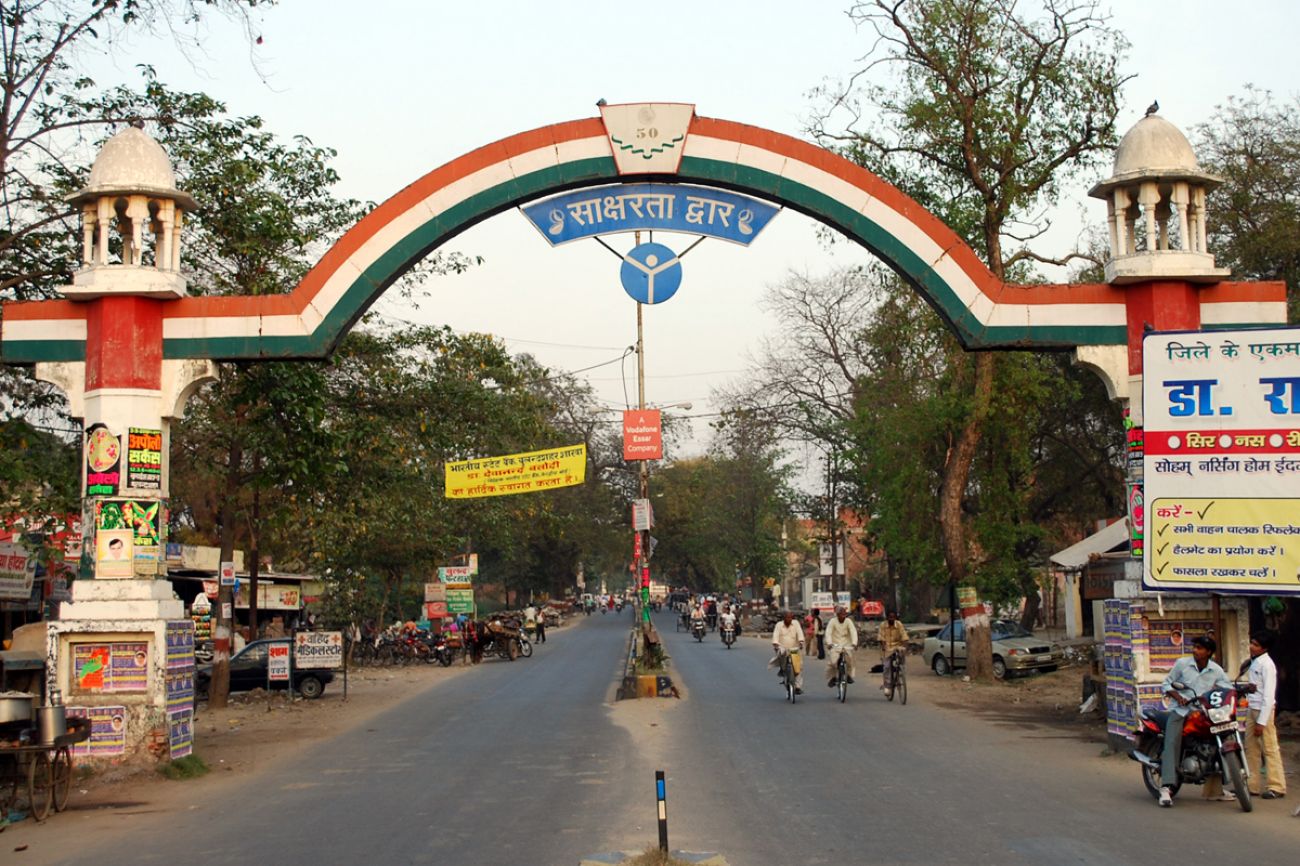In the dusty hinterland of western Uttar Pradesh, despite the crackdown of Yogi government on gangsters, might is right and many issues are settled with the gun
Western Uttar Pradesh bordering Delhi has the dubious distinction of being a hotbed of crime, and not just communal clashes, cow vigilantism or love jihad. Meerut, Ghaziabad, Bulandshahr, Muzaffarnagar, Agra, Aligarh and Gautam Buddha Nagar are particularly notorious.
There was time when even the highways weren’t safe; kidnappings for ransom, highway robberies, road holdups, murder, extortion was carried without much hesitation by various organised gangs. Western UP is a relatively affluent region, lush sugarcane dotting the countryside, with dozens of sugar factories scattered in the region. The industrial belt lining the eastern border of Delhi has been instrumental in wealth creation. Many of the factory owners still hired local contractors to run the plants due to security concerns. Many of the contractors, in turn, hire local muscle men or goons.

When Yogi Adityanath government came to power nearly two years ago, a major crackdown on gangsters was initiated all over the state, particularly in western UP to liquidate the syndicate crime network in the region, as improving law and order was top priority of the BJP government. Earlier this year, some most wanted criminals were killed in several encounters in four districts of Saharanpur, Ghaziabad, Gautam Buddha Nagar and Muzaffarnagar.
Gangster Shravan Chowdhury, carrying a reward of Rs 1 lakh on his head was injured, and later succumbed to injuries in district hospital of Gautam Buddha Nagar. In Saharanpur, notorious gangster Salim, was killed in another shootout. The swift action police team (SWAT) deployed to nab the criminals, spotted this bike-borne gangster with a friend, tried to stop him, but they opened fire. The gangster was killed in the police’s return fire; looted money, a pistol and several rounds of cartridges was found in his possession. In Ghaziabad, Sunder, 35, hailing from Pilkhuwa town, accused of murder and robbery, was killed near Akbarpur Bahrampur on National Highway-24.
In the whole of UP, police have conducted 1,038 encounters during the first year of Yogi regime, most of them in western UP. As a result of these encounters, 34 criminals have been killed, and 2,744 others have been arrested throughout the state. Four policemen also lost their lives and 247 others were injured. In fact, on September 20, a group of local journalists in Aligarh district were reportedly invited by the local police to witness and film a real life encounter. Some notorious gangsters have started voluntarily reporting at the nearest police station, swearing not to indulge in criminal activities, some have even promised to help the police speed up their investigations in return for being spared.
Between 2008 to 2016, when Mayawati, Akhilesh Yadav were chief minister, kidnapping cases in the state shot up by 193 per cent and was higher than the national average. Gang rapes, which have been recently listed as a separate crime, rose by 19% while there has been a marginal decline in such a crime across India. Kidnapping cases meanwhile spiked by 79% during Akhilesh Yadav’s tenure.
‘Yogi Adityanath’s iron fist ’approach might actually work,” says a senior police officer posted in Lucknow, “but it’s also true that criminals were and still remain close to the political apparatus.” He compares the situation to that in the Philippines, where there have been arrests and encounters on a daily basis by the Philippine Drug Enforcement Agency ever since President Rodrigo Duterte came to power in July 2016. With reduction in crime has come enhanced optimism about the impact of Duterte’s crackdown on his country’s economic prospects, and the economy has done better. “Reduction in criminality will certainly improve business profile of the state,” he adds.

There’s also involvement of lumpen elements in instigating communal clashes, even attacking police in the name of religion and cow protection, as was the case in Bulandshahr district on December 3. The Kala Aam Chowk in the heart of the city bears a deserted look two days after the clashes. The Rapid Action Force, in blue camouflage uniforms, stand vigil. A white “riot control vehicle” is parked next to police post, looking like a white elephant waiting to charge at the slightest provocation. The traffic has thinned and the city is tense. The overwhelming presence of security forces is disconcerting to the citizen. “You need an infrastructure of terror to maintain peace,” jokes a senior police officer.
Chaudhari Hotel, famous for its cheap homemade food, is doing brisk business as usual. Some of the security personnel are having a late meal. Four armed men are sitting quietly at a table enjoying aloo parathas. They identify themselves as farmers and say they are here to support the government. “Firearms are the ornament of men,” one of them says. The rule of law is still challenged at gunpoint. The reality of feudalistic, caste ridden hinterland of western UP still remains: Might is right.





